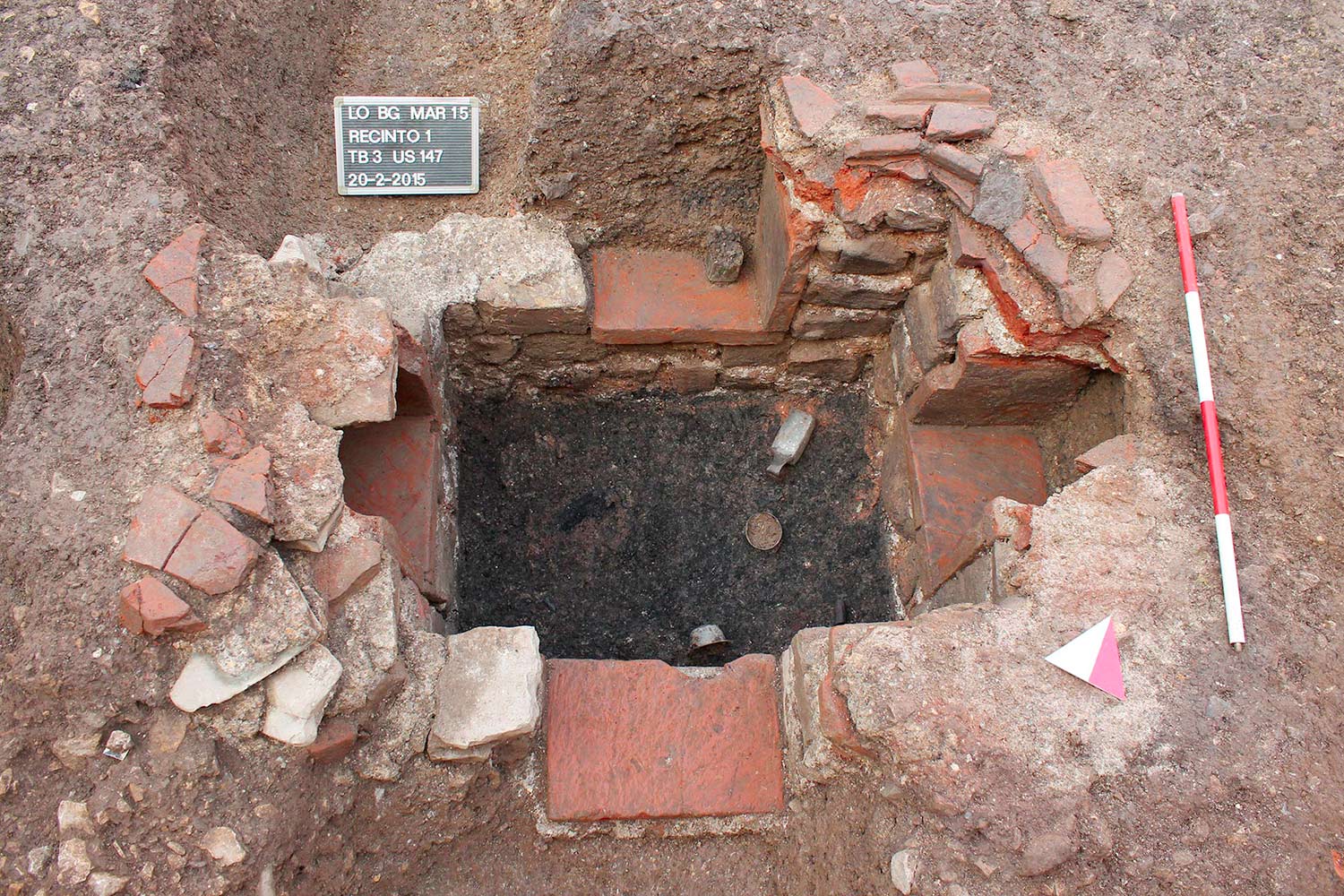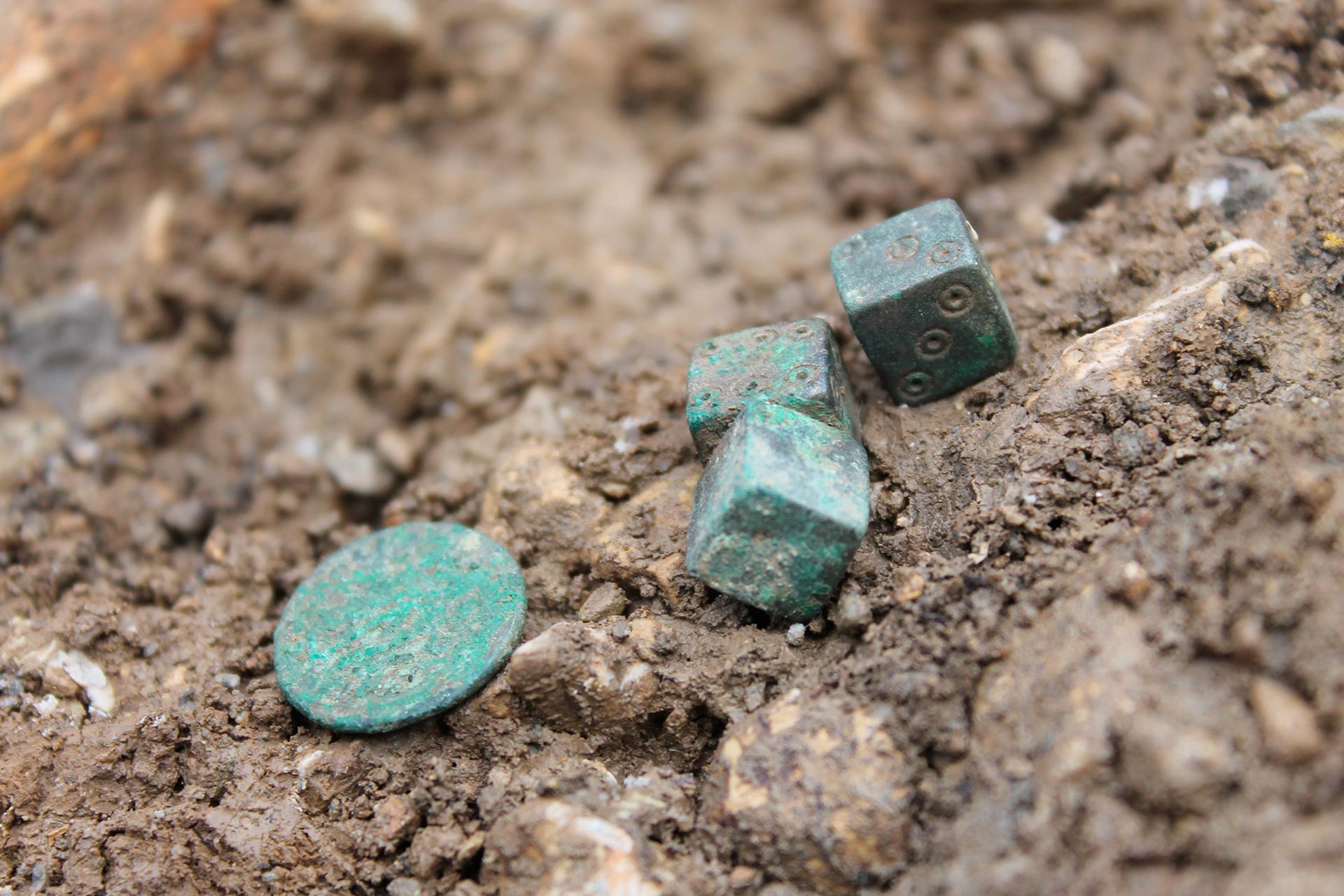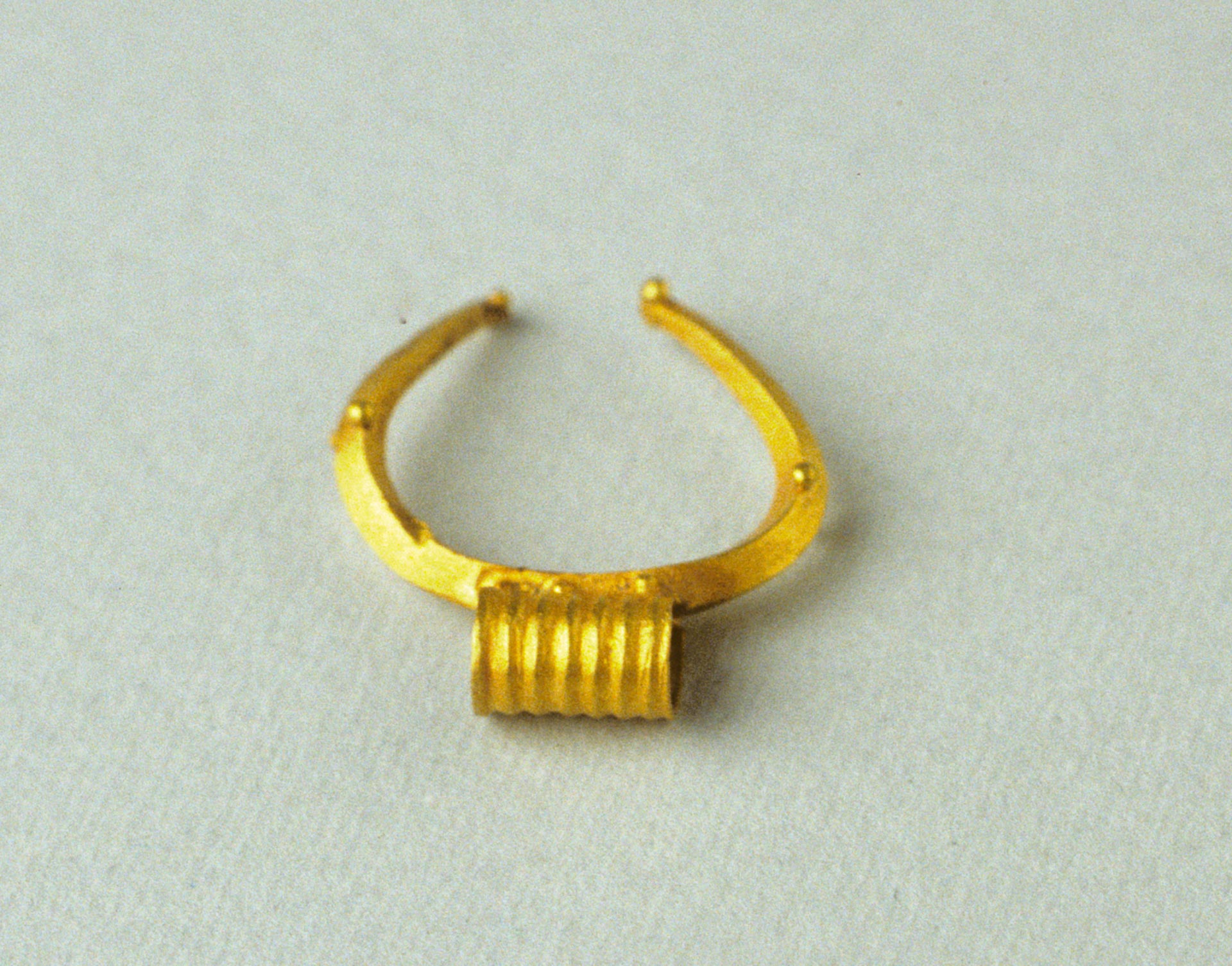Lovere: the Roman cemetery in Via Martinoli
In Via Martinoli, along the ancient road that led out of the town towards Val Camonica, numerous burials have been found that help us to understand the life of a lakeside landing place between the 1st and 4th centuries AD.
In Roman times, the place now occupied by the charming town of Lovere must have been a lively and important centre, certainly favoured by its ideal position on the lake, at the confluence of important communication routes between the Bergamo area, the Sebino and the Camonica Valley.
No trace of Roman Lovere has emerged, with the exception of two inscriptions dedicated to Minerva found near the monastery of San Maurizio, but its wealth and importance are indirectly suggested by the necropolis that emerged in the early 19th century along what are now Via Martinoli and Via Gobetti, during the construction of the hospital and near the parish sports ground.
After sporadic finds in 1818-1819 and 1847, the first real “discovery” of the cemetery occurred in 1907 when the construction of the new hospital and the Lovere – Cividate railway line led to the lowering and widening of the road. This brought to light numerous tombs and rich grave goods, including ornaments made of gold and precious stones and a real silver service including a plate, a casserole, a small cup, a spoon and a beautiful cup with a fisherman surrounded by sea fish.

Other graves emerged in 1929 during the development of the square in front of the hospital and in 1957 following landslides in the retaining wall of the new parish sports ground. Some thirty more graves were excavated in August 1973, during the demolition of the retaining wall for the construction of a garage in front of the façade of the church of Santa Maria. In 1996 an emergency excavation was conducted following the collapse of the southern section of the retaining wall of the football field. Exploratory assays were carried out in the summer of 2013 and then an excavation of the area between January and May 2015.
The necropolis, as was usual in the Roman world, developed on the outskirts of the built-up area, along the road linking it to the Camonica Valley and was organised in large bricked funeral enclosures that marked out spaces reserved for family or collective groups. Archaeological investigations have identified at least six of them, with dimensions varying from 40 to 150 square metres.
The high number of tombs (more than 140 excavated so far) demonstrates the prolonged continuity of use of the area, from the 1st to the 4th century AD.
The burials, both inhumation and incineration, are characterised by rich grave goods that show the commercial and cultural liveliness of the area which, since the second Iron Age, gravitated towards the Camonica Valley.
In Roman times it is very probable that Lovere and its territory were within the area of competence of the Civitas Camunnorum (today’s Cividate Camuno), as suggested by an epigraph of 23 AD preserved in Rogno with a dedication to Drusus, son of Tiberius, by the Civitas Camunnorum.

La necropoli, come di consueto nel mondo romano, si sviluppava ai margini del centro abitato, lungo la strada di collegamento con la Valle Camonica ed era organizzata in grandi recinti funerari in muratura che delimitavano spazi riservati a gruppi famigliari o collegiali. Le indagini archeologiche ne hanno individuati almeno sei, con dimensioni variabili da 40 a 150 mq.
L’alto numero di tombe (oltre 140 finora quelle scavate) dimostra la prolungata continuità d’uso dell’area, dal I al IV secolo d.C.
Le sepolture, a inumazione e a incinerazione, sono caratterizzate da ricchi corredi che mostrano la vivacità commerciale e culturale del territorio che, sin dalla seconda età del Ferro, gravitava verso la valle Camonica.
In età romana è molto probabile che Lovere e il suo territorio fossero all’interno dell’areale di competenza della Civitas Camunnorum (odierna Cividate Camuno), come suggerito da un’epigrafe del 23 d.C. conservata a Rogno con dedica a Druso, figlio di Tiberio, da parte della Civitas Camunnorum.

Information
for the visit

Opening time
The archaelogical site is not open to the public.

Contacts
Via Martinoli, Lovere. Infopoint Alto Lago d’Iseo, tel. 035 962178, info@iataltosebino.it









